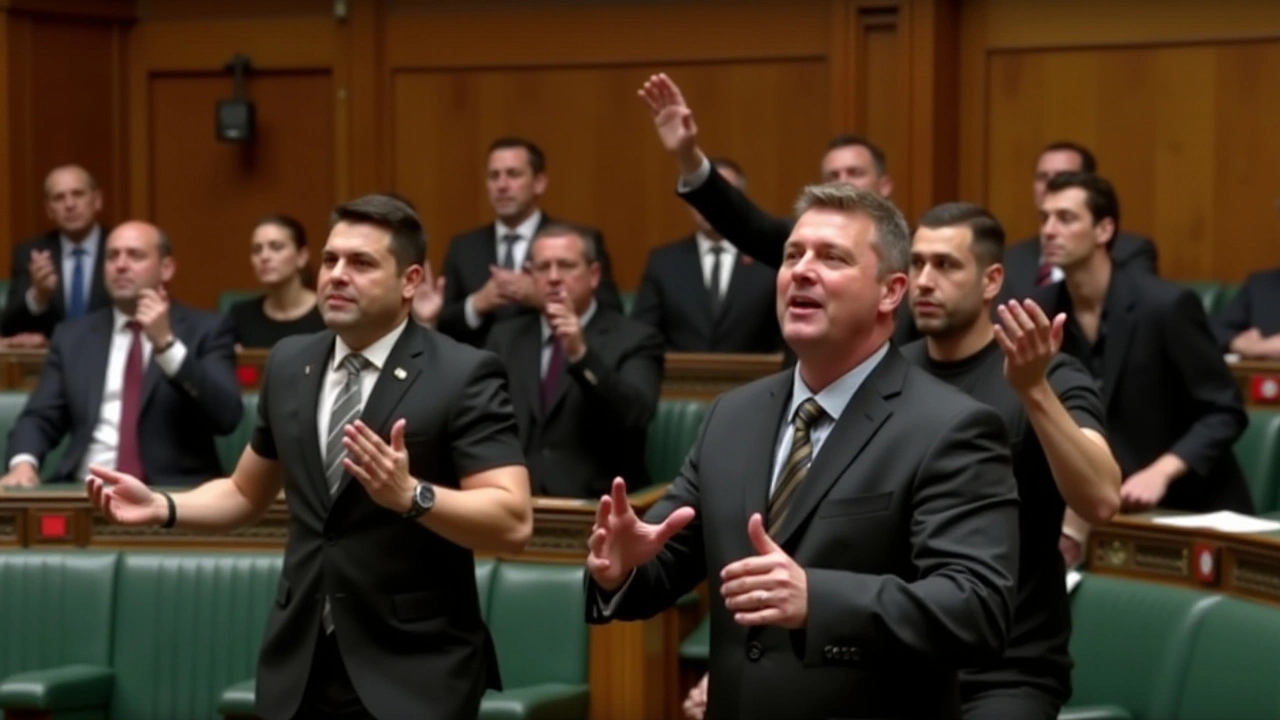Haka Protest: More Than Just a Performance
The Haka protest is a powerful form of cultural expression that draws from the rich traditions of the Maori people of New Zealand. It’s not just a dance or chant; it’s a way to voice deep emotions like pride, resistance, and unity. When people perform the Haka as a protest, they’re tapping into centuries-old rituals that convey strength and a call for respect.
Unlike many protests, the Haka relies heavily on symbolic moves, fierce facial expressions, and rhythmic sounds to communicate its message. It catches the eye and ear, making it hard to ignore. This form of protest is often used to draw attention to social issues affecting indigenous communities or land rights disputes. It’s a form of storytelling that’s packed with meaning and history.
Why the Haka Protest Matters Today
Using the Haka in protests helps keep Maori culture alive while also spotlighting current struggles. It’s a way for people to connect with their heritage and share it with the world. The emotional impact of a group chanting and moving together can shake up the usual ways protests are seen and heard. Plus, it invites onlookers to learn more about the culture behind the message.
Across New Zealand and internationally, the Haka protest has caught on wherever indigenous rights, social justice, or cultural preservation are at stake. Its visual and emotional strength urges people to pay attention, making it more than just a tradition—it’s a call to action. When you see a Haka protest, you’re witnessing culture and activism blended into one clear, powerful statement.

